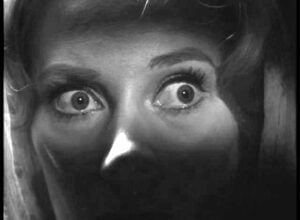I saw an elderly patient a few months back for a gastrointestinal issue that fortunately led to a benign outcome. He was a modest man who spoke softly and used few words. As has been my custom for as long as I’ve sat across patients, I was interested to learn something of the man beyond the issue that brought him to see me. Indeed, it is these vignettes that I regard as the gems of my practice. Without them, I would be left only with the practice of medicine, and this would not be sufficient.
I saw an elderly patient a few months back for a gastrointestinal issue that fortunately led to a benign outcome. He was a modest man who spoke softly and used few words. As has been my custom for as long as I’ve sat across patients, I was interested to learn something of the man beyond the issue that brought him to see me. Indeed, it is these vignettes that I regard as the gems of my practice. Without them, I would be left only with the practice of medicine, and this would not be sufficient.
He wore a military baseball style cap, emblazoned with a U.S.M.C. label. To those who do not immediately recognize what these letters stand for, then I suggest that you apply to medical school, become a physician, see patients so you also will have the opportunity to learn stuff that really matters.
I learned that he served in the Pacific theater in World War II and asked him about his service there. While my father served in the war for 39 months, he remained in the United States, far from harm’s way. As he was so mechanically incompetent, perhaps the government kept him home as they were fearful of placing a firearm in his hand. He was stationed in California and likely would have been deployed to Japan had President Truman not ended the war in August 1945.
My patient described how he was shot in the head, with the bullet piercing the front of his helmet and then exiting out the rear. No vital structures were injured. He described the event as casually as one who had sprained an ankle in the parking lot. I find that older veterans are characteristically modest and understated, two virtues that I wish were more contagious.
When I learned that he served on Iwo Jima, my eyes flickered wondering if he had witnessed the scene that has become America’s most iconic military image. Yes, he had witnessed the legendary flag raising on Mount Suribachi. I felt as if I were in the presence of an important man, though he would likely dispute that.
I saw this man back in the office recently, and at the conclusion of the visit, he gave me an envelope containing a gift. It was his U.S.M.C. pin that he wore throughout his service.
“I want you to have this, doctor,” he told me.
I accepted this important gift from an important man with deep appreciation.
We give what we can to our patients. They have just as much to give back to us.
Semper fi, Elmer.







